Exploring Japan’s soy sauce island
Tamara Hinson travels to Shodoshima to discover how bacteria and barrels are preserving the future of Japan’s black gold
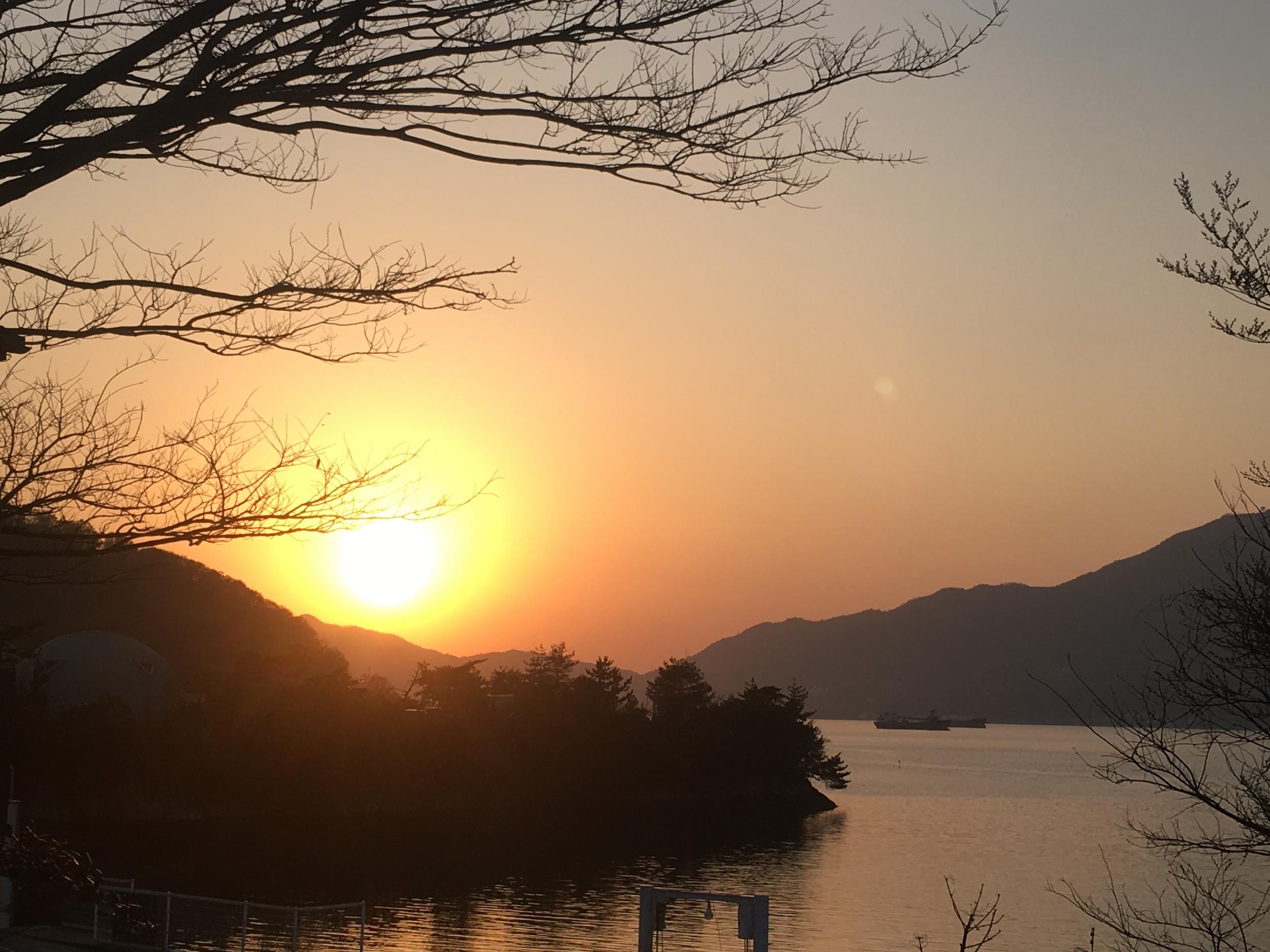
Your support helps us to tell the story
From reproductive rights to climate change to Big Tech, The Independent is on the ground when the story is developing. Whether it's investigating the financials of Elon Musk's pro-Trump PAC or producing our latest documentary, 'The A Word', which shines a light on the American women fighting for reproductive rights, we know how important it is to parse out the facts from the messaging.
At such a critical moment in US history, we need reporters on the ground. Your donation allows us to keep sending journalists to speak to both sides of the story.
The Independent is trusted by Americans across the entire political spectrum. And unlike many other quality news outlets, we choose not to lock Americans out of our reporting and analysis with paywalls. We believe quality journalism should be available to everyone, paid for by those who can afford it.
Your support makes all the difference.After two hours on Japan’s Shodoshima Island I know I’ll never look at a bottle of soy sauce in the same way. In fact, I’ve already made a mental note to bin the bottle of Kikkoman that’s languished in my kitchen cupboard for the past decade.
There are several reasons this mountainous, forested island in Japan’s Seto Inland Sea has such a rich history of soy sauce production, and I start my investigation at Marukin Soy Sauce Museum. Shodoshima-based Marukin is one of Japan’s top soy sauce brands, and at its tiny museum, documents dating back to the 1600s reveal how the presence of an enormous salt pan made Shodoshima the perfect spot for soy sauce production – a process which requires salt, wheat, soybeans and water (obtaining these other ingredients was easy, due to Shodoshima’s proximity to the port of Osaka).
First, soy beans and wheat are combined with mould to produce what’s known as koji. Bacteria is then added before a period of fermentation, and the resulting “moromi mash” is pressed and filtered to create the sauce. And Shodoshima has always produced the best. At the museum, alongside a collection of soy sauce-related vinyl, I find a certificate declaring Marukin a winner at 1910’s Japan British Exhibition in Shepherd’s Bush, London.
After a soy sauce ice cream cone at Marukin’s onsite shop, I head over to Shodoshima Shokuhin, where I find owner Katsuhiko Kurushima stirring huge vats of soy sauce-soaked seaweed. Shodoshima Shokuhin specialises in tsukudani – food (typically seaweed, but often meat) soaked in soy sauce. Kurushima stirs each enormous pan for hours. He explains that tsukudani became especially popular here post war, when residents coped with rationing by cooking sweet potatoes and seaweed (there was an abundance of both) in soy sauce. Today, the island is Japan’s biggest producer of kelp tsukudani, known as kombu.
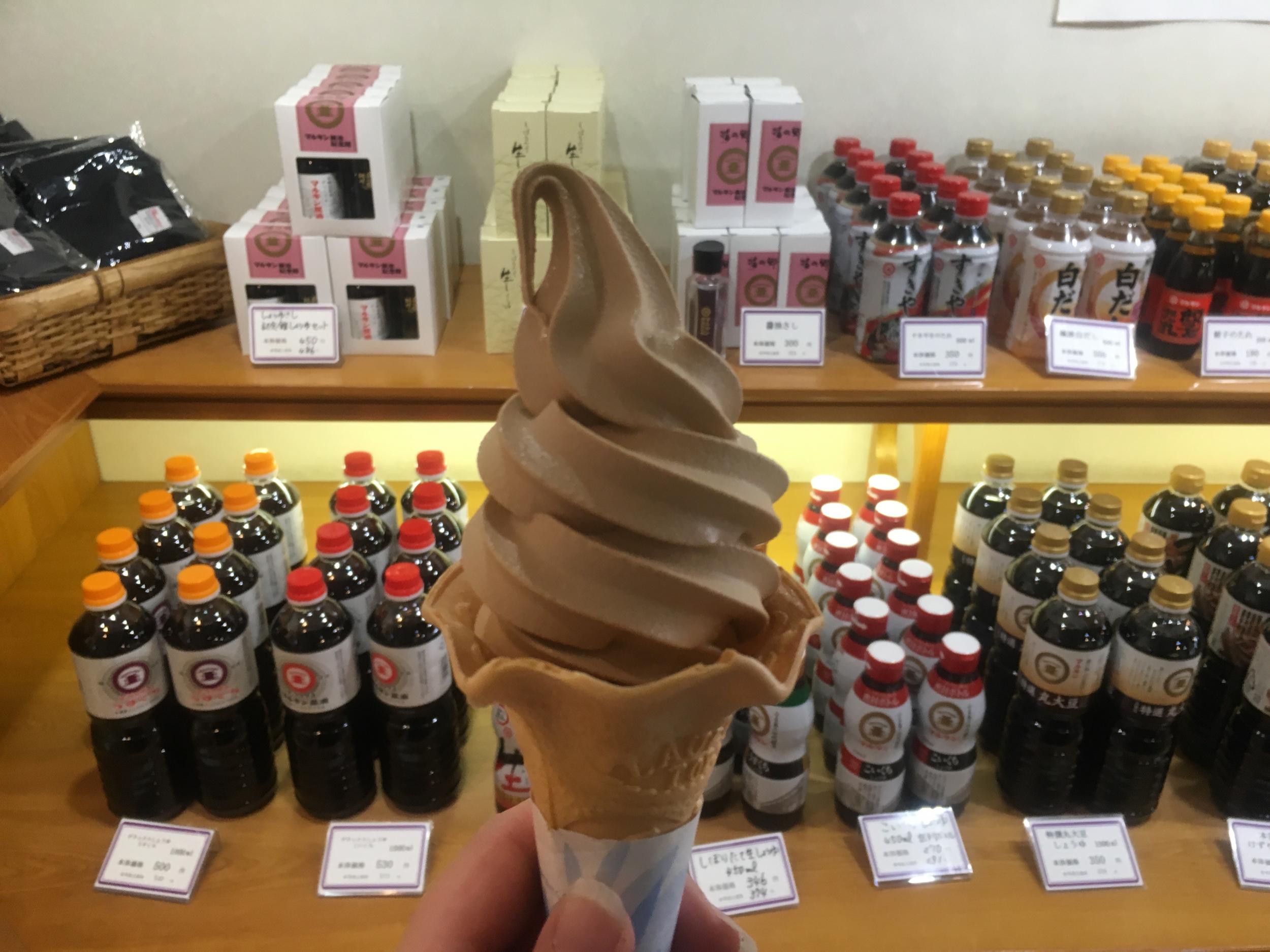
Sadly, it’s an industry in crisis. There were once 400 independent soy sauce breweries here, but only 20 remain. Most use traditional methods, adding natural flavours rather than relying on the additives used by mass-produced brands. Kurushima tells me it takes six months to produce Kikkoman sauce, made in enormous tanks. Here on Shodoshima, the process takes between one and four years.
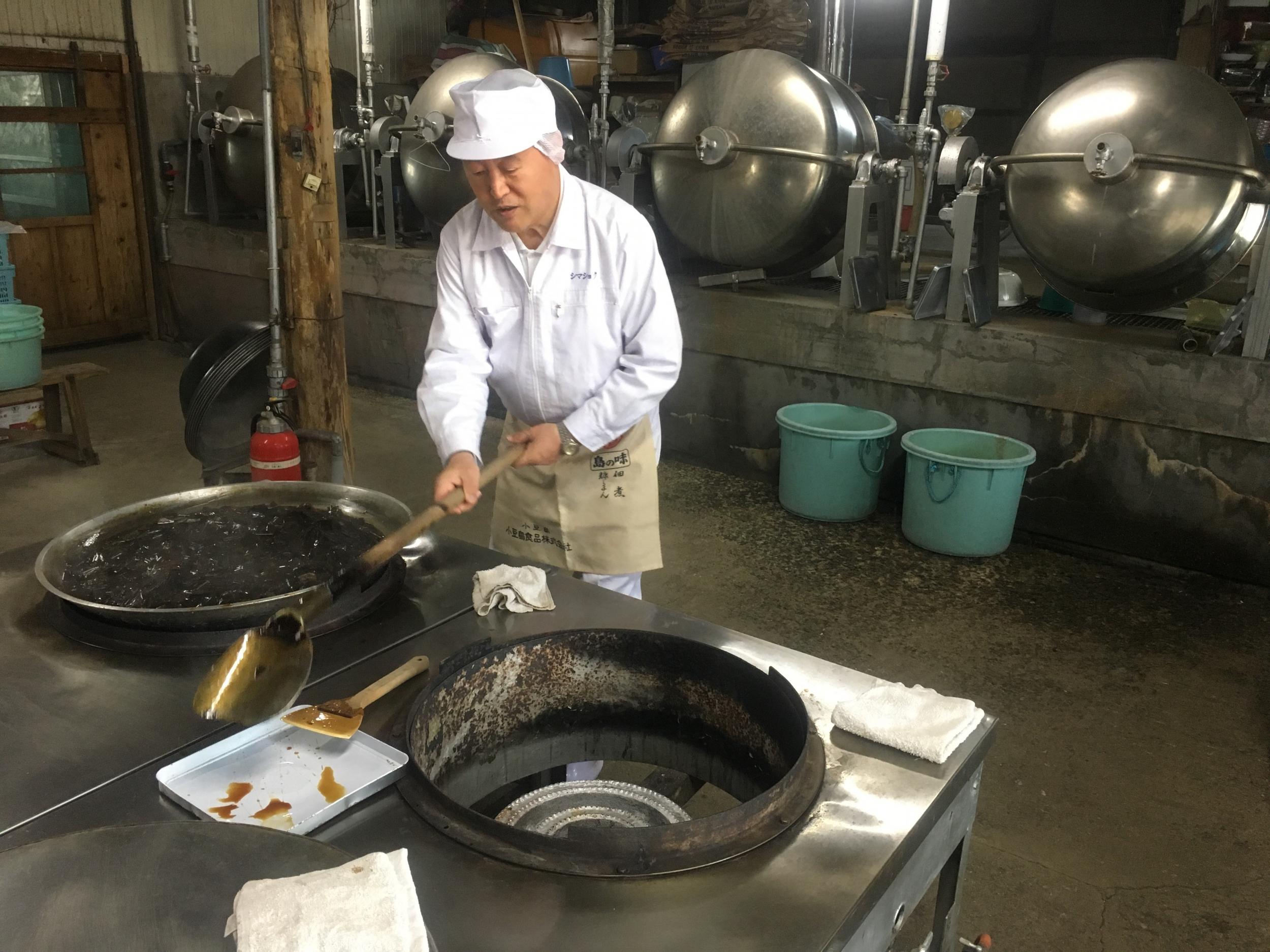
And it turns out that the finest soy sauces rely on another ingredient, albeit one in perilously short supply: barrels. Yasuo Yamamoto, the fifth-generation owner of Shodoshima-based Yamaroku Soy Sauce, is on a mission to preserve the art of soy sauce barrel-making, a dying tradition. Barrels are ideal because the fermentation process relies on the presence of bacteria, and barrels contain microbes which aid this process. Shodoshima is home to half of Japan’s entire stock of wooden soy sauce barrels but today, there’s only one manufacturer left in Japan – Fujii Wood Work in Osaka. In 2012, Yamamoto travelled to Osaka to learn how to make the barrels. He shows me some he’s just made, explaining that they take three weeks to make but last 150 years. Like his predecessors, he follows the tradition of writing messages in charcoal on the slats of wood. When the barrels are taken out of service and dismantled, employees read the notes – often cheeky swipes at bosses, written by the maker in the knowledge that, if the barrel is of good quality, he or she won’t be around to be held accountable.
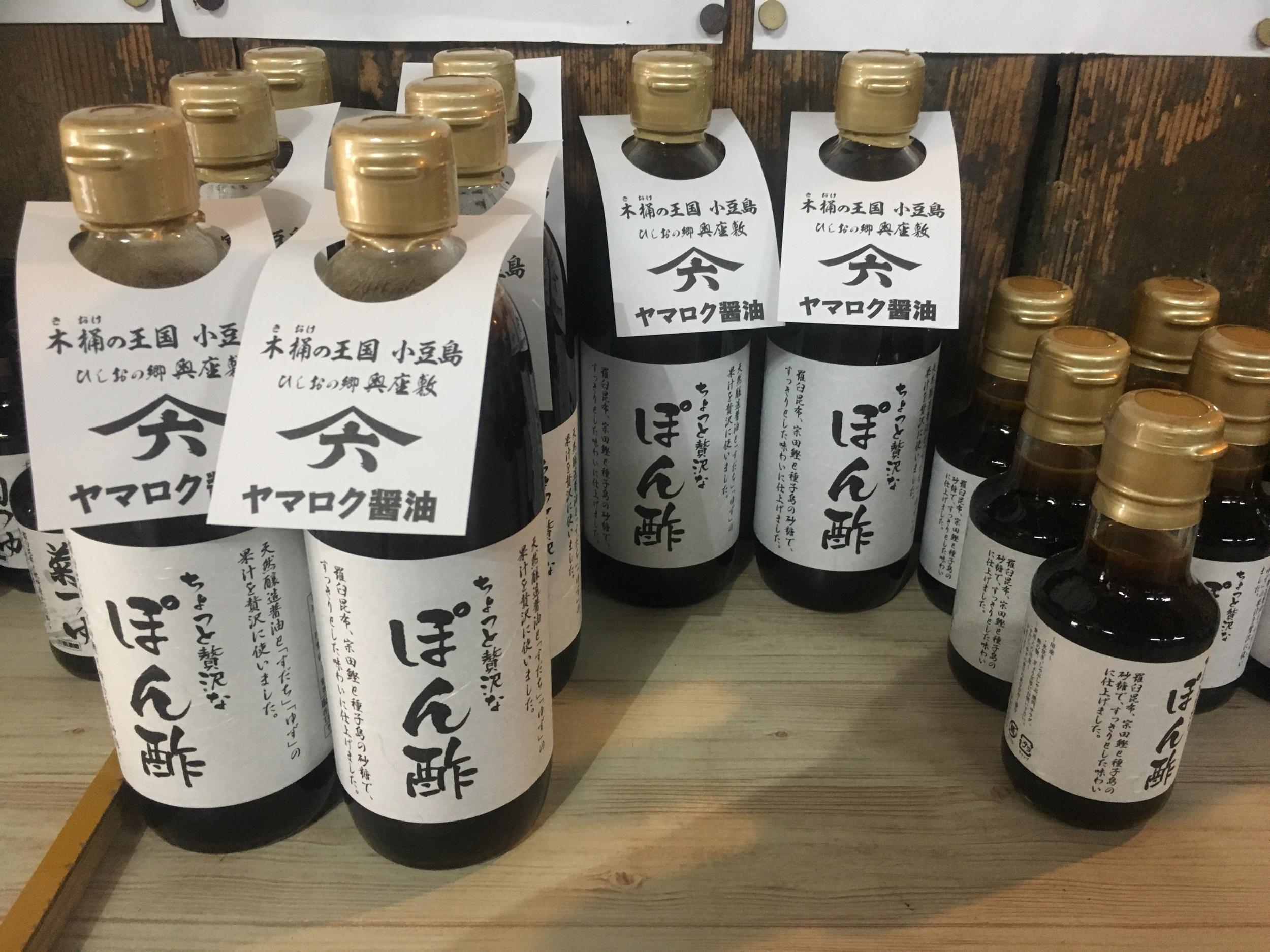
Yamamoto is clearly keen that there’ll be someone around to read the messages he’s scrawled on the barrel he’s just made, and tells me he finds it sad when soy sauce companies are inherited by offspring who don’t have a passion for the product. He recently took one of his barrels to an exposition in Italy, and will take one to London as part of a top-secret project with London’s Japan House next year. He talks about plans to use them to make a product which has never been made in barrels, before swearing me to secrecy about the specifics. These various side projects have one singular goal – to bring back the tradition of barrel-based soy sauce production. “We’ve had craft gin and craft beer,” reasons Yamamoto. “Why can’t the next big thing be craft seasonings?”
My final stop is Yamahisa Soy Sauce, where I meet Katsuhisa Uematsu, a fourth-generation owner. As I teeter between huge vats of fermenting ingredients, I ask Uematsu if anybody’s ever fallen in and he tells me they haven’t, but assures me the salt content is so high I’d simply float to the top. It’s rather relaxing, wandering between the vats beneath the wooden beams, as a battered speaker plays traditional Japanese music around the clock – whether workers are present or not. Uematsu tells me his father believed the music aided the fermentation process.
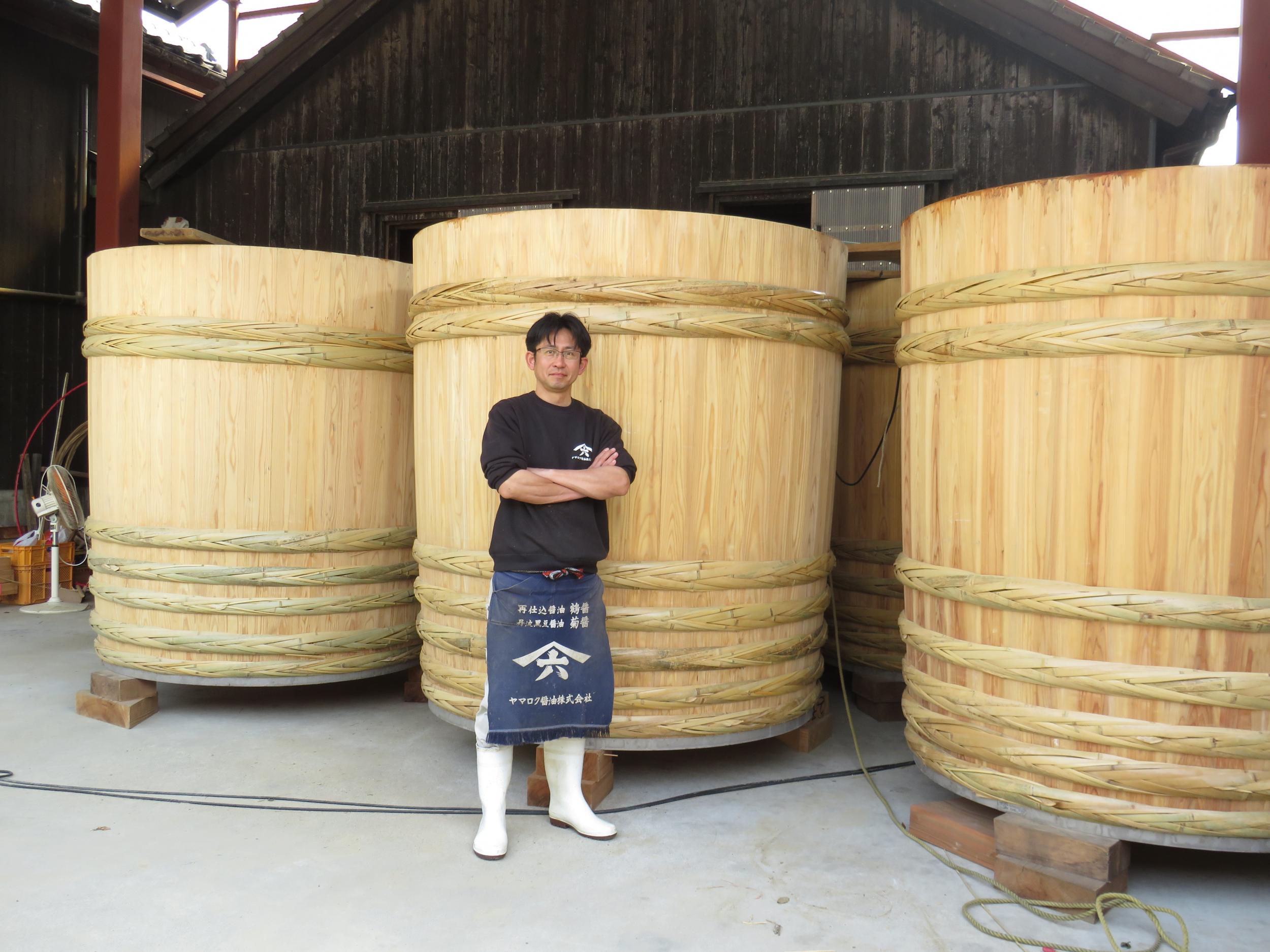
The people here certainly see their sauce as more than simply a product. Yamaroku Soy Sauce’s Yasuo Yamamoto refers to barrels which leak as “naughty ones” and says that when he hears the gurgling noises produced by the fermenting moromi he feels as though it’s talking to him. It’s certainly one of the most sensitive sauces I’ve come across; visits to factories are out of the question for anyone who’s recently consumed natto (the Japanese delicacy of fermented soybeans). Natto bacteria is so strong it can kill the bacteria required to make soy sauce, potentially bringing an entire business to its knees. Yamamoto proudly points to the dust-like layer of bacteria which coats the ceiling, walls and barrels, excitedly telling me: “It’s everywhere – you’re breathing it in this very second!”
He hands me a bottle of soy sauce to take away, along with some final words of soy sauce-related wisdom. “I see soy sauce in a similar way to wine and beer,” he says. “The good stuff always comes in wooden barrels!” Cheers to that.
Travel essentials
Getting there
British Airways flies from London Heathrow to Osaka from £779 return.
Staying there
Doubles at the Bay Resort Shodoshima start from from £34, room only.
More information
For more information about visiting Shodoshima, click here.
Join our commenting forum
Join thought-provoking conversations, follow other Independent readers and see their replies
Comments